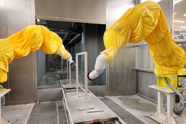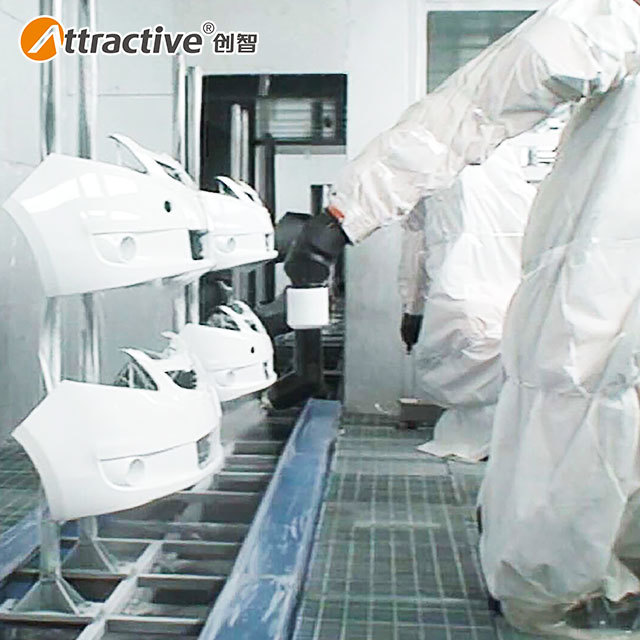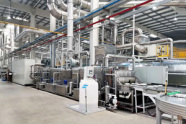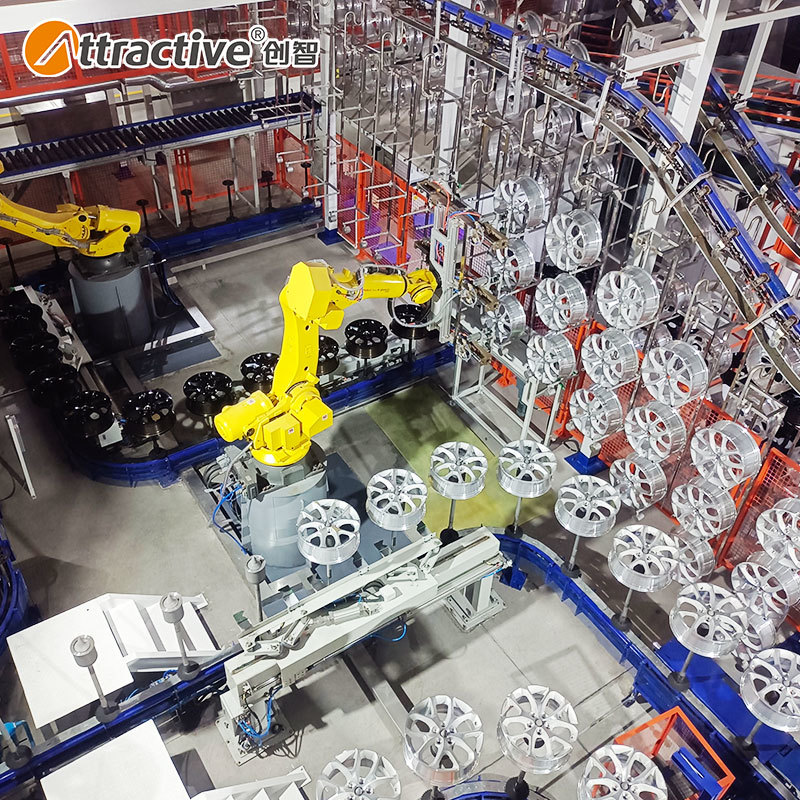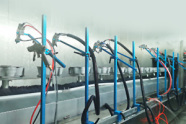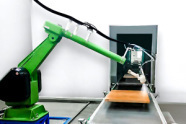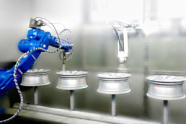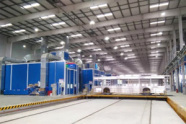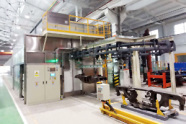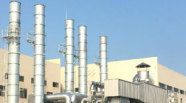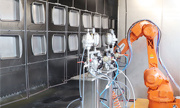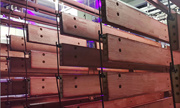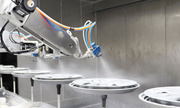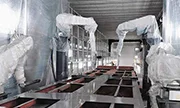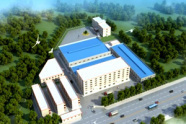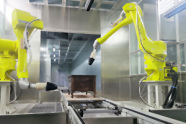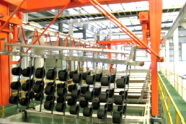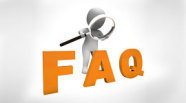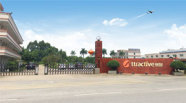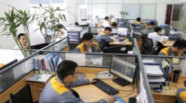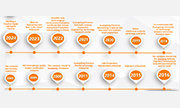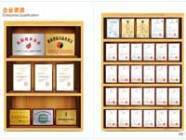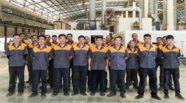Related News
18
2025
-
07
Comprehensive Cost Analysis of Painting Lines: How to Reduce Hidden Energy Consumption and Maintenance Costs?
Author:
Chuangzhi Coating
In modern industrial production, painting lines play a crucial role in enhancing the appearance quality and corrosion resistance of products. The control of overall costs in painting lines directly affects a company's profitability and market competitiveness. However, while many enterprises focus on equipment purchase and direct material costs, they often overlook energy consumption and maintenance, which are two major hidden costs. This article will delve into effective strategies to reduce energy consumption and maintenance costs in painting lines, helping enterprises achieve cost reduction and efficiency enhancement.
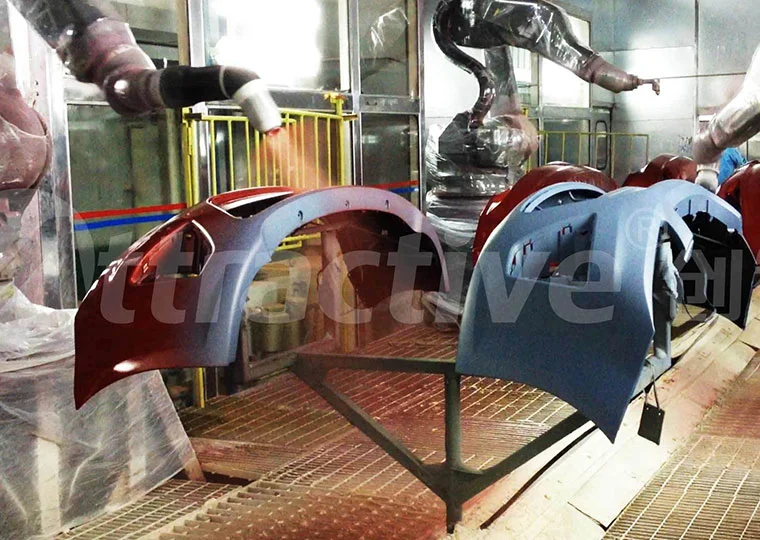
I. Strategies to Reduce Energy Consumption Costs
Energy consumption in painting lines is concentrated in pretreatment, spraying, drying, and other processes. To effectively reduce energy consumption, enterprises can take the following approaches:
1.Introduce Energy-Efficient Equipment: With technological advancements, numerous energy-efficient painting equipment has emerged in the market. For example, pre-treatment equipment that uses automated oil and rust removal technology not only has good cleaning effects but also has low energy consumption; far-infrared coating and baking equipment has the characteristics of fast startup and low energy consumption. Far-infrared film drying equipment features quick startup and low energy consumption. Enterprises should actively introduce these energy-efficient equipment to replace traditional high-energy-consuming devices.
2.Optimize Painting Processes: By optimizing painting processes, such as reasonably adjusting spraying parameters and reducing unnecessary drying time, energy consumption can be further reduced. At the same time, enterprises should strengthen employee training to ensure they are proficient in energy-saving operation techniques.
3.Strengthen Energy Management: Establish a comprehensive energy management system to monitor and analyze the energy consumption of painting lines in real-time, promptly identifying and addressing energy consumption anomalies. Additionally, enterprises can consider adopting smart grid technology to achieve refined energy management.
II. Strategies to Reduce Maintenance Costs
Maintenance costs for painting lines mainly include equipment fault repairs, routine maintenance, and replacement of spare parts. To effectively reduce maintenance costs, enterprises can adopt the following measures:
1.Implement Predictive Maintenance: Utilize IoT technology to monitor painting line equipment in real-time, collect operational data, and predict equipment failures through data analysis, conducting preventive maintenance before failures occur. This method can significantly improve equipment reliability and service life, reducing the frequency of fault repairs and costs.
2.Strengthen Routine Maintenance: Regularly perform cleaning, lubrication, tightening, and other routine maintenance tasks on painting line equipment to effectively extend equipment service life and reduce the probability of faults occurring. Enterprises should establish and strictly enforce a comprehensive maintenance system.
3.Optimize Spare Parts Management: By establishing a reasonable spare parts inventory, enterprises can ensure timely replacement of spare parts in case of equipment failures, reducing downtime. At the same time, enterprises should strengthen quality management of spare parts to ensure their performance and quality meet equipment requirements.
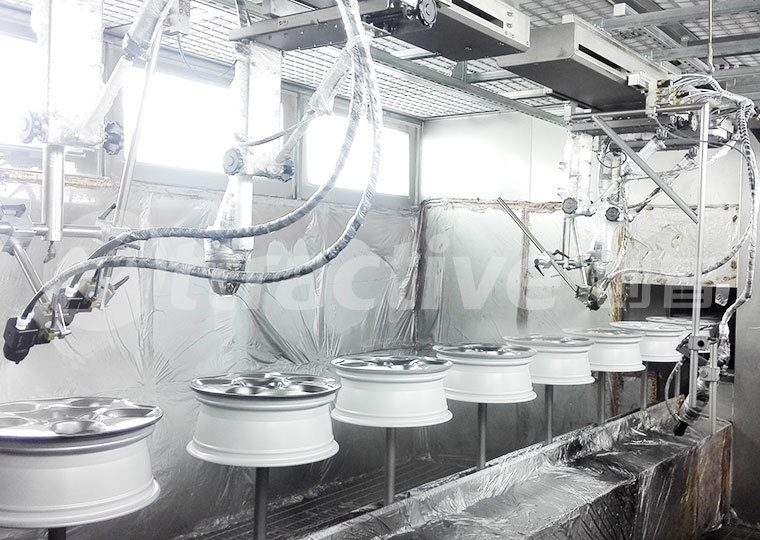
III. Case Studies and Practical Experience
Taking an automotive parts manufacturing enterprise as an example, the company successfully reduced energy consumption by over 20% in its painting lines by introducing energy-efficient painting equipment and optimizing painting processes. Additionally, the enterprise implemented a predictive maintenance strategy, utilizing IoT technology to monitor and analyze painting line equipment in real-time, promptly identifying and addressing potential fault issues, resulting in a significant decrease in equipment failure rates and effective control of maintenance costs.
Conclusion
In summary, energy consumption and maintenance costs of painting lines are significant components of overall costs that enterprises cannot ignore. By introducing energy-efficient equipment, optimizing painting processes, strengthening energy management, and implementing predictive maintenance measures, enterprises can effectively control painting line costs and enhance profitability and market competitiveness. In future development, enterprises should continuously monitor the latest advancements in painting line technology, optimizing and improving cost control strategies to adapt to evolving market demands.


